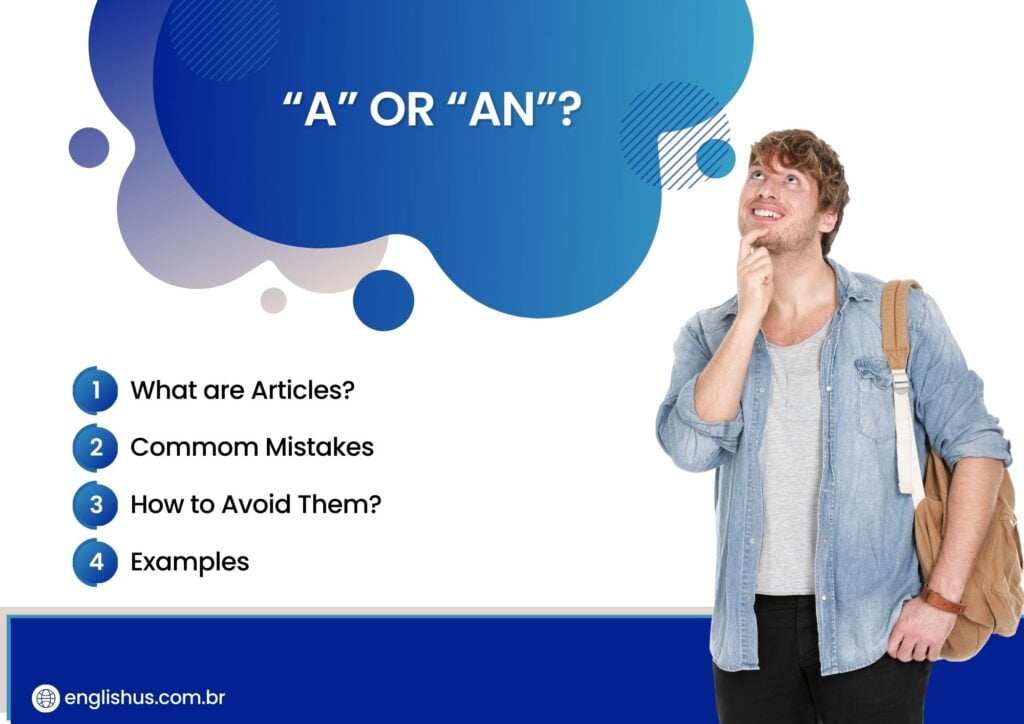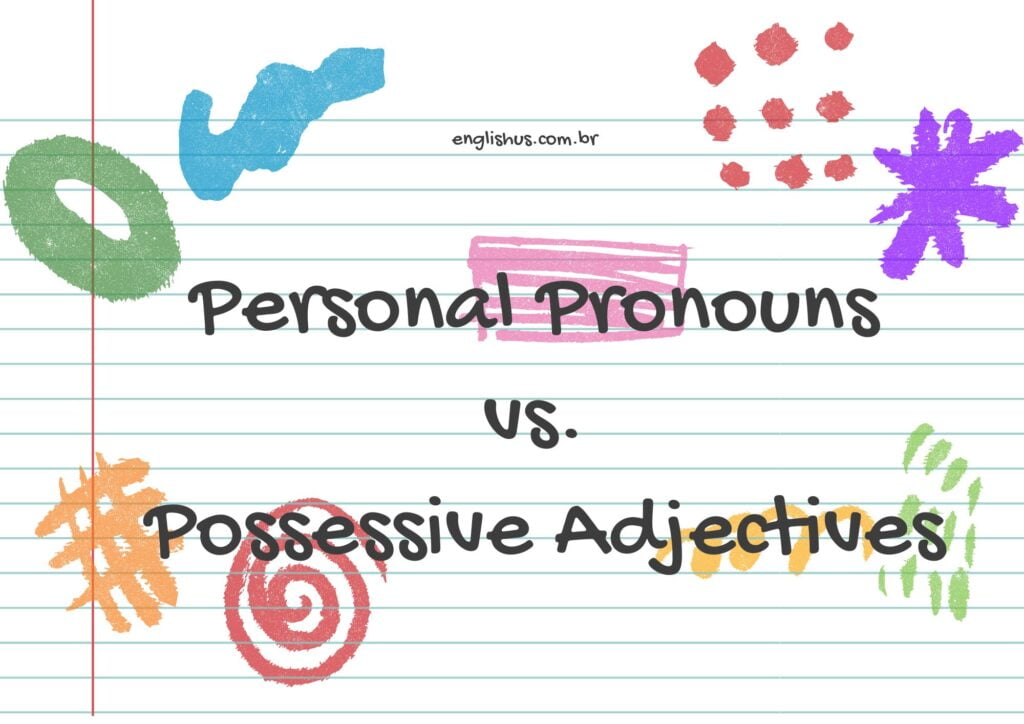Hello, dear learners of EnglishUs! Welcome back to our blog. Today, we’re going to focus on one of the most important verbs in the English language: the verb “to be” in the present tense. This verb is essential for forming basic sentences and communicating effectively. Let’s make this topic simple and easy to understand, with plenty of examples to guide you.
What is the Verb “To Be”?
The verb “to be” is used to describe the identity, characteristics, and states of people, places, and things. In the present tense, “to be” has three forms: am, is, and are. These forms change depending on the subject of the sentence.
Forms of “To Be”
Here are the three forms of “to be” in the present tense:
- **Am**: Used with the subject “I”
- **Is**: Used with the subjects “he,” “she,” and “it”
- **Are**: Used with the subjects “you,” “we,” and “they”
1- Positive Sentences
A positive sentence tells us something is true.
Structure: Subject + “to be” verb + complement.
Examples:
- I am a student.
- You are my friend.
- He is a doctor.
- She is very nice.
- It is a sunny day.
- We are ready.
- They are at home.
2- Negative Sentences
A negative sentence tells us something is not true. To make a negative sentence with the verb “to be,” we add “not” after the verb.
Structure: Subject + form of “to be” + not + complement
Examples:
- I am not a student.
- You are not my friend.
- He is not a doctor.
- She is not very nice.
- It is not a sunny day.
- We are not ready.
- They are not at home.
In English Language, we often use CONTRACTIONS to make the sentences sound more natural.
- **I am not** → **I’m not**
- **You are not** → **You aren’t**
- **He is not** → **He isn’t**
- **She is not** → **She isn’t**
- **It is not** → **It isn’t**
- **We are not** → **We aren’t**
- **They are not** → **They aren’t**
3- Asking Questions
To ask questions with the verb “to be,” we change the order of the subject and the verb. This is called inversion.
Structure: “to be” verb + subject + complement + ?
Examples
- Am I a student?
- Are you my friend?
- Is he a doctor?
- Is she very nice?
- Is it a sunny day?
- Are we ready?
- Are they at home?
4- Short Answers
When answering questions with the verb “to be,” we often use short answers. Short answers avoid repeating the whole sentence.
Positive Short Answers
- Yes, I am.
- Yes, you are.
- Yes, he is.
- Yes, she is.
- Yes, it is.
- Yes, we are.
- Yes, they are.
Negative Short Answers
- No, I’m not.
- No, you aren’t.
- No, he isn’t.
- No, she isn’t.
- No, it isn’t.
- No, we aren’t.
- No, they aren’t.
Understanding and using the verb “to be” (Present Tense) is crucial for speaking and writing in English. By mastering “am,” “is,” and “are,” you can form positive sentences, negative sentences, and questions easily.
Remember to practice regularly, and don’t be afraid to make mistakes. Practice makes perfect! Keep revisiting these exercises and examples, and soon enough, you’ll feel confident using the verb “to be” in your everyday conversations.
Stay tuned to EnglishUs for more helpful tips and lessons. Happy learning!

